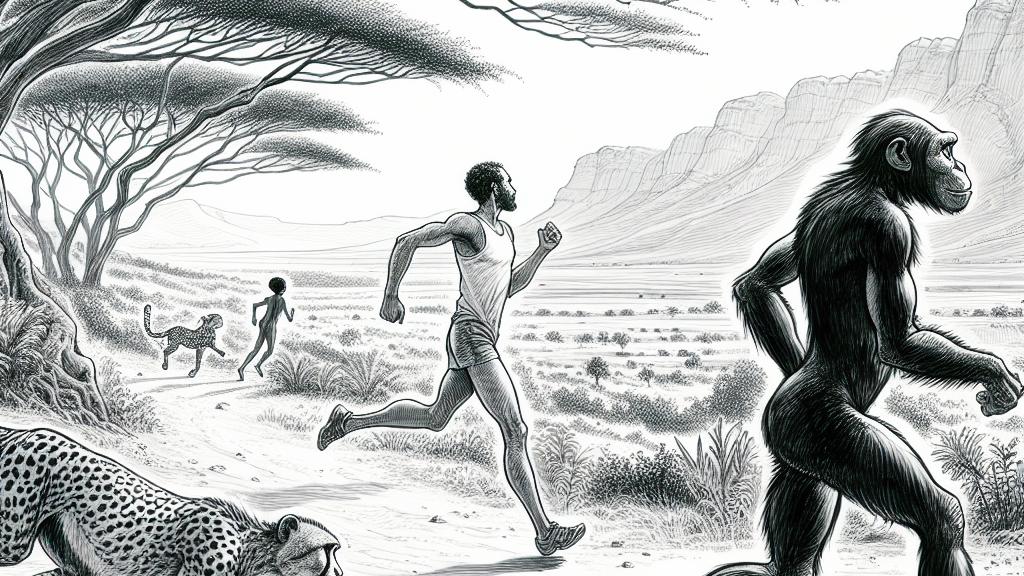Exploring How Ancient Humans Compared to Modern Runners
Overview
- Lucy's running ability was significantly slower than today's humans.
- 3D modeling uncovers fascinating details about her physical structure.
- The evolution of running skills underlines our remarkable adaptability.

The Enigma of Lucy's Running
Imagine the picturesque landscapes of Ethiopia, where our ancient ancestor, Australopithecus afarensis—fondly called 'Lucy'—once roamed. This incredible hominin lived over three million years ago and was one of the first creatures to walk upright. But recent studies using 3D simulations reveal a surprising twist: Lucy, while able to run, could only reach about five meters per second! To put that in perspective, a modern human typically zips along at around eight meters per second, making Lucy's speed seem more like a leisurely stroll than a race. It’s almost like comparing a turtle to a cheetah! Such comparisons showcase how running was not Lucy's forte, opening up a dialogue about what life was like back then.
Diving Deeper into Physical Differences
So, what exactly set Lucy apart from modern runners? The fascinating research provides clarity by examining her anatomy. Unlike today’s endurance athletes who boast features like a long Achilles tendon and specialized muscle fibers, Lucy lacked these essential adaptations. Think of it this way: today’s runners are finely tuned sports cars, built for speed and efficiency, while Lucy’s build resembled a reliable, sturdy vehicle that's simply not meant for racing competitions. Even when scientists simulated her with modern human-like muscles, she still couldn't reach impressive speeds. This phenomenon suggests that her entire physical structure, from body proportions to muscle composition, played a significant role in her limited running ability. This journey from ancient adaptations to modern enhancements illustrates a remarkable story of evolution, revealing how far we’ve come as a species.

Loading...